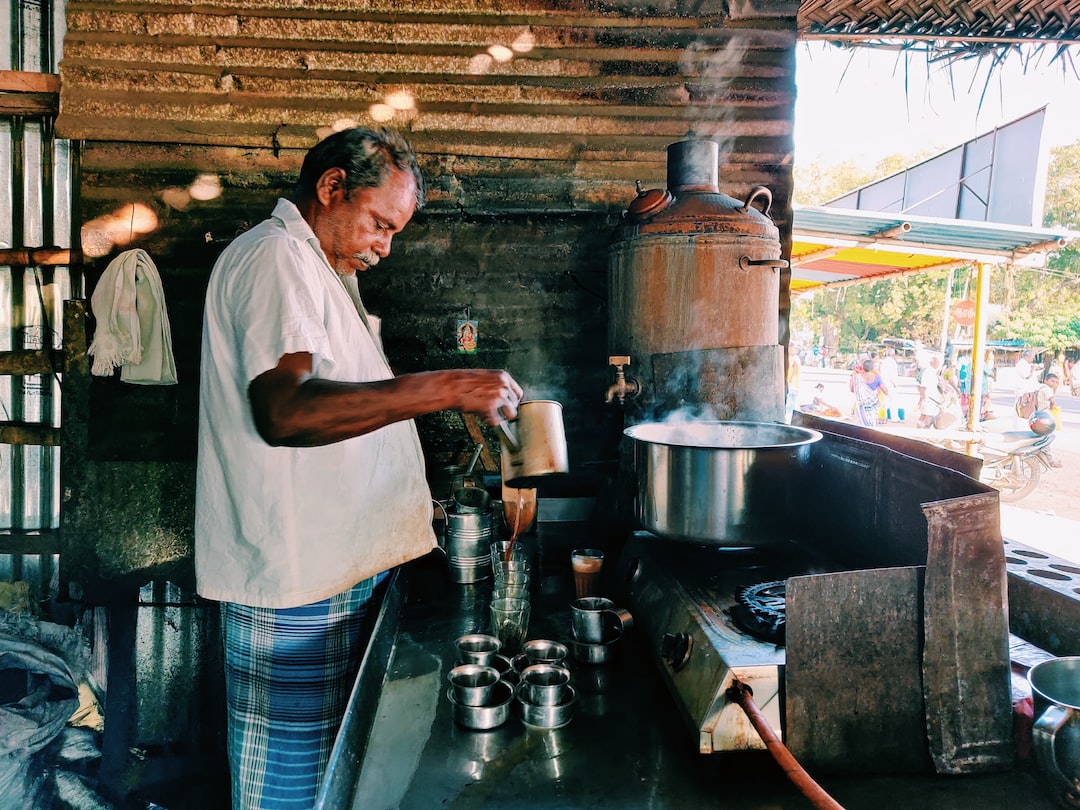The Science Behind Food Pairing: Why Some Combinations Taste Better than Others
We’ve all experienced it before – that incredible explosion of flavors that happens when we combine certain foods together. The way a slice of cheese perfectly complements a juicy hamburger, or how a squeeze of lemon enhances the flavors of a fresh seafood dish. But have you ever wondered why these combinations taste so good? The answer lies in the science behind food pairing.
Food pairing, put simply, is the art of matching foods together to create a harmonious and enjoyable eating experience. While this may seem like a subjective concept, there is actually a scientific basis behind it. Our taste buds are not just random sensors, but rather highly specialized receptors that can detect a wide array of different flavors. And it is the interaction of these flavors that plays a crucial role in how we perceive the taste of food.
One key factor in food pairing is the concept of flavor compounds. Different foods contain various compounds that contribute to their unique taste profiles. For example, citrus fruits like lemons and oranges contain high levels of limonene, a compound responsible for their distinct citrusy aroma. In contrast, chocolate is rich in theobromine, a compound that gives it its characteristic bitter taste. By pairing foods that share similar flavor compounds, we can enhance the overall flavor experience.
Another important aspect of food pairing is the idea of contrasting flavors. Our taste buds are not only sensitive to sweet, salty, sour, and bitter, but also to umami, the savory taste often associated with meat and mushrooms. Combining foods with contrasting flavors can create a balance of tastes that is pleasing to the palate. For example, the tangy acidity of a tomato can help counterbalance the richness of a creamy cheese sauce, creating a more balanced and enjoyable dish.
Additionally, the texture of food plays a significant role in food pairing. The way food feels in our mouths can greatly influence our perception of taste. For example, the crunchiness of a potato chip or the creaminess of a chocolate mousse can add a new dimension to the overall eating experience. Pairing foods with different textures can create a delightful contrast that enhances the enjoyment of the meal.
The science behind food pairing is not just about flavor compounds and textures, but also about the interaction between aromas and taste. Our sense of smell is closely linked to our perception of taste, and certain aromas can greatly enhance or complement the flavors of food. For example, the aroma of fresh mint can elevate the taste of a chocolate dessert, making it more refreshing and pleasurable to eat.
Interestingly, cultural influences also play a role in food pairing. Different cuisines around the world have developed their own unique flavor combinations based on traditional practices and local ingredients. For example, the use of ginger in Asian cuisine or the pairing of tomatoes and basil in Mediterranean dishes. These cultural preferences have been honed over centuries and reflect the intricate relationship between flavors and regional food traditions.
In conclusion, the science behind food pairing is a fascinating field that sheds light on why certain combinations taste better than others. By understanding the interaction of flavors, compounds, textures, and aromas, we can create dishes that are not only delicious but also satisfying to our senses. Whether it’s a delicate balance of contrasting flavors or a harmonious blend of aroma and taste, food pairing adds another layer of enjoyment to our dining experiences. So the next time you savor a perfectly matched combination, remember that science is at work, enhancing your gastronomic pleasure.


